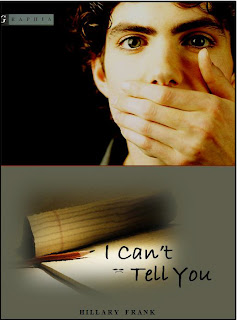To: Richard Rice
From: Ashlee Jacka
Date: May 3, 2011
Subject: Rhetoric in Information Design
Rhetoric in Information Design
According to Miles A. Kimball and Anne R. Hawkins in Document Design, rhetoric refers to the way in which the reader feels about the document they are viewing, as well as what the reader believes about the author of the document. The way the reader reacts to the document involves pathos, or emotion, while the beliefs the reader has toward the author involve ethos, or ethical integrity. These are two of the key aspects of rhetoric the author must keep in mind when developing the content and design of information documents to be used in specific settings, because they each play an integral role the document’s ability to influence a given audience.
From the readings and lectures experienced during the course of ENGL 3369, I learned that rhetoric also refers to persuasion. In essence, persuasion is the ability of the author of a document to persuade a specific audience to do something, or to think or feel a specific way about a specific topic. Ethos and pathos come into play the most often. For example, for one of my course projects, I redesigned two separate sheets of information about a nursing home into one complete brochure, adhering to all the elements of document design. By choosing soothing colors and comforting images and placing them amongst essential technical information about the nursing home, the reader is persuaded to feel comforted by the soothing nature of the brochure (pathos), but also feels assured that the information included in the document is correct and that the author of the brochure has their best interests in mind (ethos). Every document includes rhetoric/ is meant to persuade someone to do something, so it is essential to keep the needs and attitudes of the audience in mind throughout the process of design and development.
Rhetoric in the Workforce
In the future, I plan to be employed by an organization involved in Natural Resource Management somehow, and will likely be composing documents dealing with field reports, damage assessments, proposals, recommendation reports, expense reports, etc. These documents will either be created to appease government officials or public and private landowners, and will need to convey to the audience a deep sense of ethos since they deal mostly with funding conservation efforts; however, most Resource Management matters also greatly affect wildlife and people’s lives, and the information documents used to explain those types of personal issues will be more persuasive in nature with the use of pathos.
My dream job would be to work out in the field performing resource analysis and research procedures, such as monitoring wildlife population recovery and documenting the results, as well as monitoring and documenting the health of rangeland and wildlife habitat. My rhetorical objective with composing this or any type of document would be to persuade my audience (government officials or land owners) that my documentation is correct, responsible, and ethical, as well as to persuade them to do something (give my organization money) or feel something (motivation to implement a wildlife or habitat recovery program).
Rhetorical Conclusion
Rhetoric is the concept that added the most to my overall understanding of document design along with its emphasis on the importance of understanding the needs and expectations of a document’s intended audience. To create an effective, persuasive document, the author must first understand the audience, and then tailor the document’s rhetorical method to its specific purpose and rhetorical message. Every document has a rhetorical purpose and is used in a specific context. Recognizing the persuasive message of a document, as well as understanding the intended audience and the circumstances in which they will be viewing the document are the first and most important concepts to employ in the creation and design of any document.

















